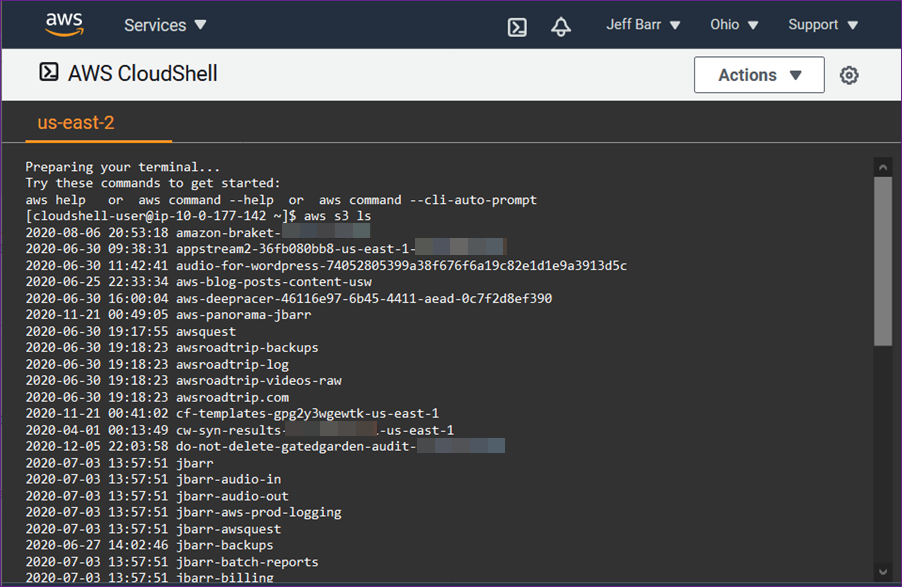- Aws elasticbeanstalk create-environment -environment-name sample-env -application-name CldVdsApp -option-settings file://myoptions.json. To create a storage location. The following command creates a storage location in Amazon S3: aws elasticbeanstalk create-storage-location. To abort a deployment.
- Command Line Interface (CLI) 1m 25s. Software Development Kit (SDK) 1m 5s. S3 Cheat Sheet 6m 43s.
 In our last post we have seen how to use EB CLI for managing elastic beanstalk through command line. But, you can also manage elastic beanstalk using traditional AWS CLI. In this post you will find AWS CLI cheat sheet for the same.
In our last post we have seen how to use EB CLI for managing elastic beanstalk through command line. But, you can also manage elastic beanstalk using traditional AWS CLI. In this post you will find AWS CLI cheat sheet for the same.Aws ecs create-cluster -cluster-name=NAME -generate-cli-skeleton aws ecs create-service S3 aws s3 ls s3://mybucket aws s3 rm s3://mybucket/folder -recursive aws s3 cp myfolder s3://mybucket/folder -recursive aws s3 sync myfolder s3://mybucket/folder -exclude.tmp.
 If you are new to Elastic Beanstalk, it’s recommended that you go through this free AWS Elastic Beanstalk crash course.
If you are new to Elastic Beanstalk, it’s recommended that you go through this free AWS Elastic Beanstalk crash course.Below are the major commands used frequently while managing the elastic beanstalk environment.
To check the availability of a CNAME
To create a new application
Compose Environments
To create a new environment for an application
The following command creates a new environment for version “v1” of a java application named “CldVdsApp”:
Aws S3 Cli Commands Cheat Sheet 2020
To specify a JSON file to define environment configuration options
The following create-environment command specifies that a JSON file with the name myoptions.jsonshould be used to override values obtained from the solution stack or the configuration template:
To create a storage location
 The following command creates a storage location in Amazon S3:
The following command creates a storage location in Amazon S3:To abort a deployment

S3 Cli Aws
To delete an applicationThe following command deletes an application named CldVdsApp:
You can refer the complete set of AWS CLI for elastic beanstalk on this link.
Aws S3 Cli Commands Cheat Sheet Free
Aws Cli S3 Source
Note:- All the above commands are taken from different AWS CLI reference guides and put in one place over here. Please run the commands after due diligence as we won’t be responsible for any mistakes in executing the commands and it’s consequences. If you have any concern or query feel free to contact us or comment below.